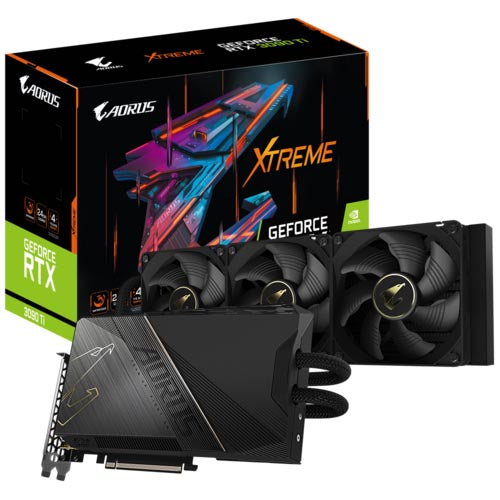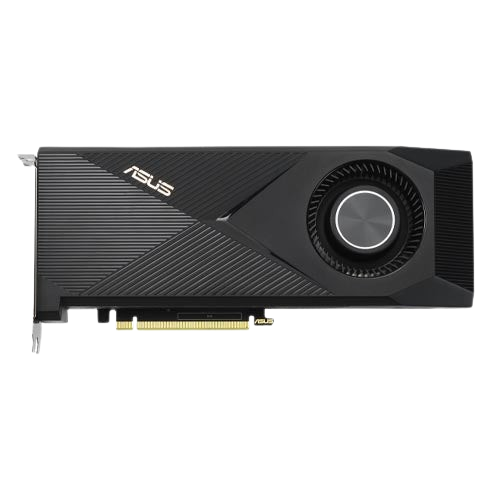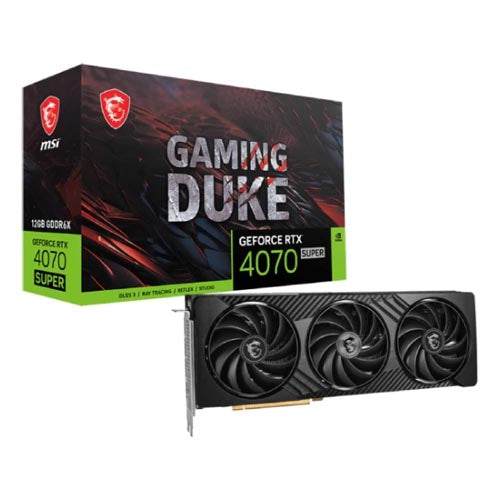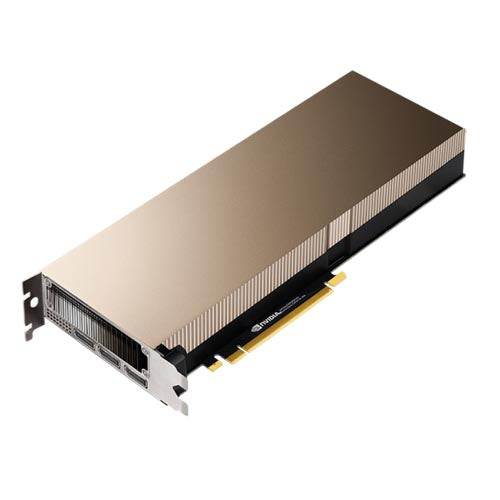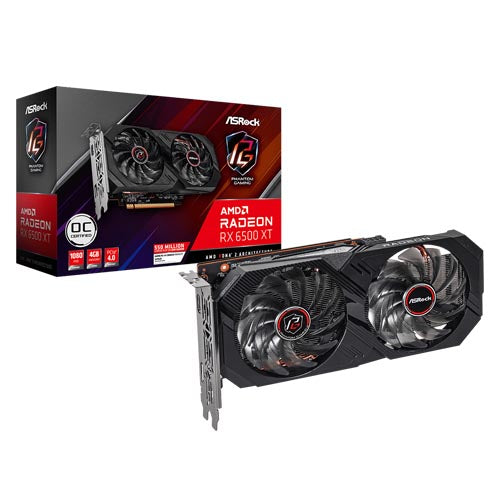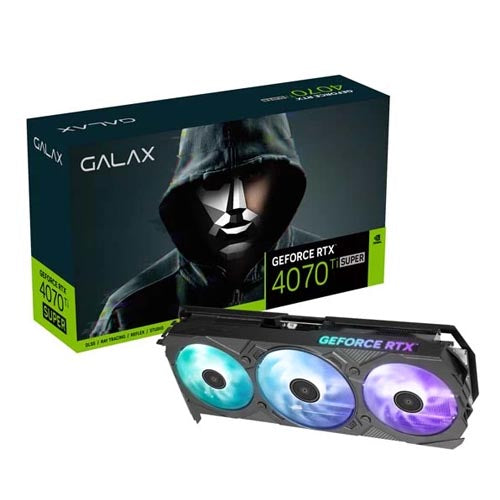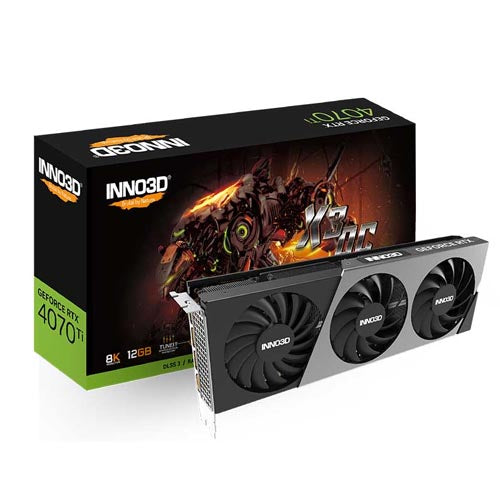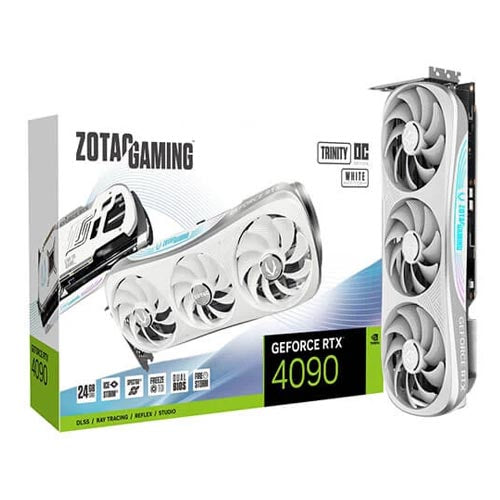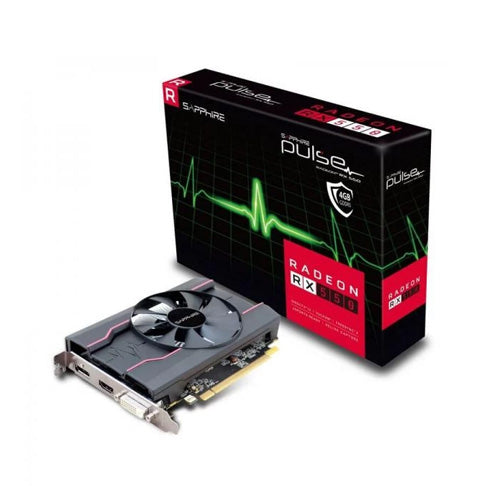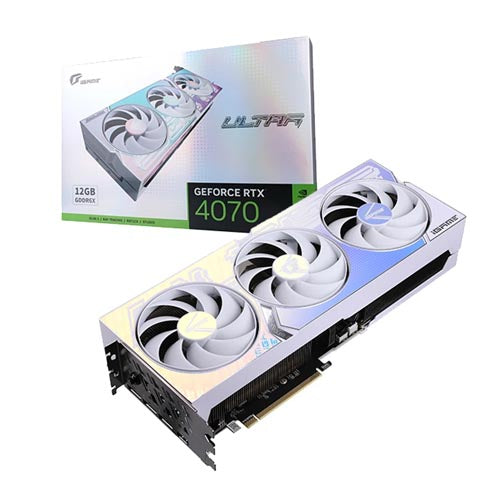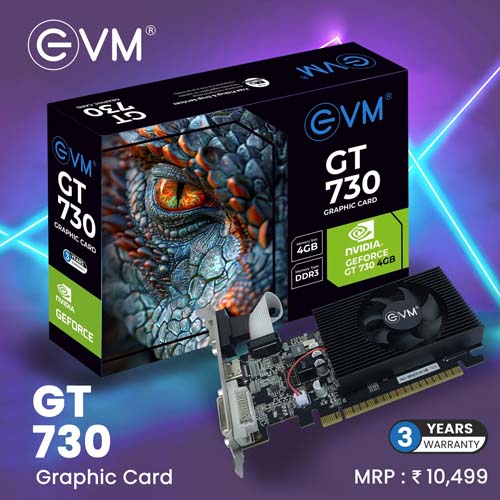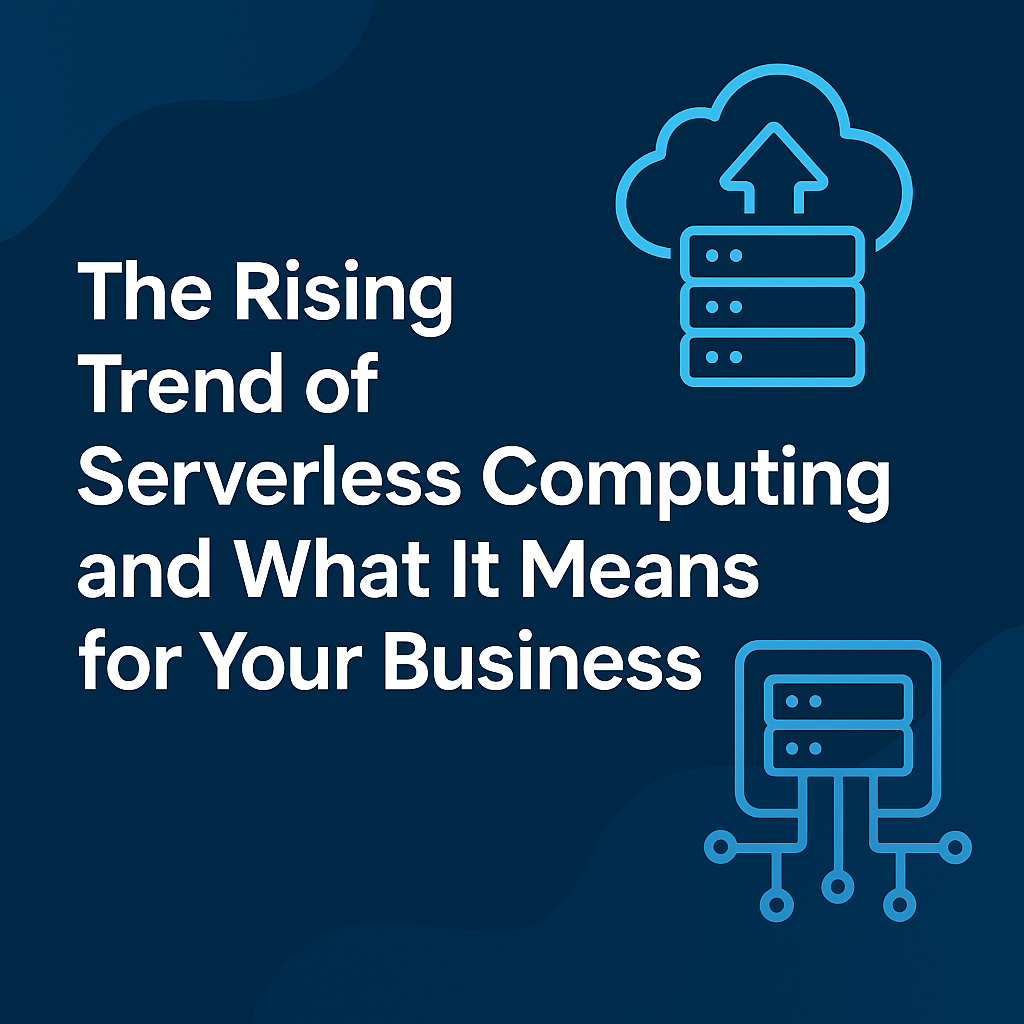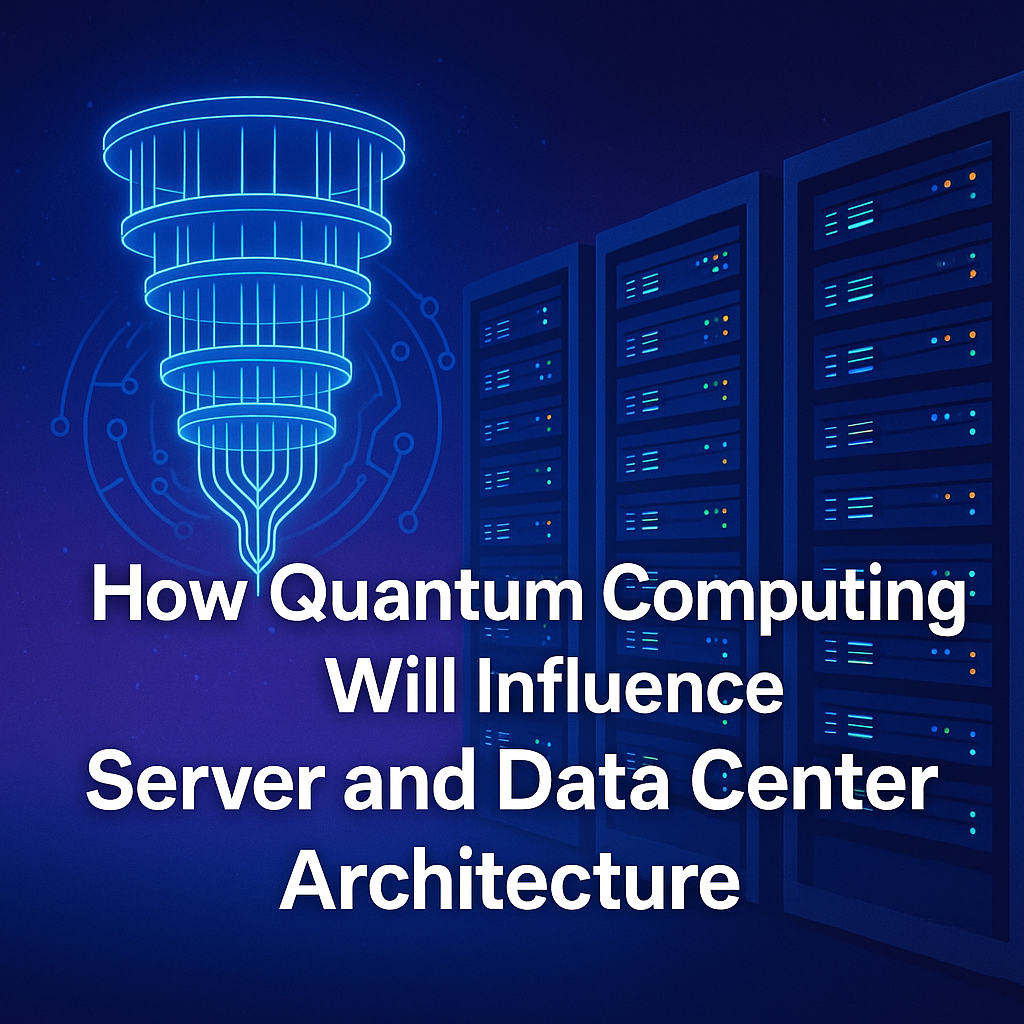In the fast-paced digital era, businesses and developers face a crucial decision: whether to own and manage physical servers or opt for flexible, on-demand server rental services. Renting servers has become a popular choice for enterprises looking for scalability, cost efficiency, and minimized hardware maintenance. But the technical landscape of server rentals is far more complex than it appears. Making the right choice requires deep understanding of technical parameters, security, compliance, and operational needs.
This blog delves into the technical considerations that should guide your decision before choosing server rental services—whether you’re a startup scaling up, an e-commerce business expecting seasonal spikes, or a SaaS platform running compute-intensive workloads.
Understand Your Workload and Application Needs
Before evaluating server rental providers, assess your workload type:
-
Static vs. Dynamic Content: Hosting static websites has different hardware requirements compared to dynamic applications requiring database connectivity and real-time processing.
-
Compute-Intensive Workloads: Applications like video rendering, data analytics, and AI model training need servers with powerful CPUs or GPUs.
-
I/O-Intensive Workloads: Database-heavy applications demand servers with high-speed SSD storage and robust disk IOPS (Input/Output Operations Per Second).
Technical Tip:
👉 Evaluate your application’s vCPU, RAM, disk throughput, and network latency needs. Tools like htop on Linux or PerfMon on Windows can help measure real-time resource consumption.
Server Hardware Configuration
Once you understand your workloads, focus on the server specifications:
a. Processor (CPU)
-
Core Count & Clock Speed: More cores help parallel processing. For single-threaded applications, higher clock speeds matter more.
-
Architecture: x86_64 (Intel/AMD) vs. ARM-based processors.
-
Hyper-Threading/Simultaneous Multithreading (SMT): Useful for virtualized environments.
b. Memory (RAM)
-
Ensure enough RAM to prevent swapping.
-
ECC (Error-Correcting Code) RAM is recommended for mission-critical applications to detect and correct memory corruption.
c. Storage
-
HDD vs. SSD: SSDs offer superior performance for databases and high-I/O tasks.
-
NVMe SSDs: Provide even faster performance compared to SATA SSDs.
-
RAID Configurations: RAID 1/10 for redundancy, RAID 5/6 for parity-based protection.
d. Network Interface Cards (NICs)
-
Look for dual or quad NICs for redundancy.
-
1GbE vs. 10GbE: Choose based on expected network traffic.
e. Hardware RAID Controllers
-
Hardware RAID offloads parity calculations from the CPU, improving performance in storage-intensive workloads.

Scalability and Future-Proofing
Your server rental should support future growth. Consider:
-
Vertical Scalability: Ability to upgrade resources (CPU, RAM, storage) within the same server.
-
Horizontal Scalability: Ability to deploy additional servers to handle increased traffic (e.g., web farm or database cluster).
Technical Tip:
👉 Check if the provider supports bare metal APIs (like Dell iDRAC, HPE iLO, or Supermicro IPMI) to remotely manage and monitor your servers as you scale.
Network and Connectivity
A server’s performance heavily relies on the network environment:
-
Bandwidth:
-
Check if the rental service offers dedicated bandwidth vs. shared bandwidth.
-
Evaluate bandwidth caps and burst limits.
-
-
Latency and Location:
-
Choose data centers geographically close to your user base to minimize latency.
-
Use tools like
ping,traceroute, ormtrto measure latency to different providers.
-
-
Redundant Links:
-
Multi-homed network connectivity ensures redundancy in case of an ISP outage.
-
-
Private VLANs / Virtual Private LAN Services (VPLS):
-
Needed for multi-server deployments requiring secure, private networking.
-
Security and Compliance
Security is paramount, especially when handling sensitive data:
a. Physical Security
-
Data center certifications: Look for ISO 27001, SOC 2, or PCI DSS certifications.
-
Physical access control: Biometric scanners, CCTV surveillance, and mantraps.
b. Network Security
-
DDoS protection at network edge.
-
Hardware firewalls and VPNs.
c. Data Security
-
Disk encryption at rest (hardware or software-based).
-
Secure disposal of data if the rental ends (data destruction policies).
d. Compliance
-
GDPR, HIPAA, PCI DSS: Ensure provider meets regulatory compliance for your industry.
Virtualization and Bare Metal Considerations
Server rentals often offer bare metal servers (dedicated physical servers) and virtual servers (VMs):
a. Bare Metal Servers
-
Direct hardware access → higher performance.
-
Better suited for heavy-duty applications (databases, high-performance computing).
b. Virtual Servers
-
Flexible, scalable, and fast to deploy.
-
Easier to clone or snapshot.
Technical Pitfall:
👉 Shared resources in virtual servers can lead to noisy neighbor problems, where one tenant’s usage impacts your server’s performance. Bare metal avoids this.
Operating System and Software Environment
Does the provider support:
-
OS Choices: Popular Linux distros (Ubuntu, CentOS, Debian) or Windows Server editions.
-
Custom ISOs: Ability to load your custom images.
-
Hypervisors: KVM, VMware ESXi, Proxmox, Hyper-V support for self-managed virtualization.
Technical Insight:
👉 If you plan to deploy containers (Docker/Kubernetes), ensure kernel support for features like cgroups and overlay networking.
Remote Management and APIs
For efficient administration:
-
IPMI/iLO/iDRAC: Out-of-band management interface for hardware-level control.
-
RESTful APIs: Automate tasks like provisioning, scaling, or monitoring servers.
-
KVM over IP: Remote console access, even during OS boot failures.
Backup and Disaster Recovery
-
Snapshots: Check if snapshots are supported for quick rollback.
-
Automated Backups: Regular, offsite backups reduce data loss risk.
-
Disaster Recovery Sites: Secondary data centers for failover.
Support and Service Level Agreements (SLAs)
-
24/7 Technical Support: Ideally with hardware replacement guarantees.
-
SLAs: Look for uptime commitments (e.g., 99.9% or higher).
-
Response Times: Ensure support tickets are handled promptly.
Technical Drilldown:
👉 Ask about Mean Time To Repair (MTTR) metrics. Hardware failures should be resolved within acceptable timelines.
Licensing and Cost Efficiency
-
OS and Software Licenses: Clarify whether licenses (Windows, SQL Server, VMware) are included or billed separately.
-
Usage-Based Billing: Some providers offer hourly billing for test environments, while others are monthly.
-
Hidden Costs: Watch out for bandwidth overage charges or support fees.
Environmental Impact and Sustainability
Modern enterprises prioritize green computing:
-
Data Center PUE (Power Usage Effectiveness): Lower PUE means better energy efficiency.
-
Carbon-neutral providers: Renewable energy usage or carbon offsets.
🔍 Real-World Technical Evaluation Checklist
Here’s a practical technical checklist before finalizing a server rental provider:
✅ Benchmark Hardware: Use tools like sysbench, fio, or Geekbench to test CPU, memory, disk, and network performance.
✅ Load Testing: Simulate your real workload using tools like Apache JMeter or Locust.
✅ Check I/O Performance: dd if=/dev/zero of=testfile bs=1G count=1 oflag=dsync can give a quick IOPS measure.
✅ Network Speed Tests: iperf3 for end-to-end throughput measurement.
✅ Monitor Hardware Health: Check for server-level monitoring (IPMI sensor data) to track temperature, fan speeds, and power supply status.
✅ Evaluate Remote Management: Test KVM over IP console and remote reboot features.
✅ Redundancy: Confirm if power supplies, network links, and disks are redundant (dual PSU, RAID, NIC bonding).

🌟 Conclusion: Making the Right Technical Choice
Choosing the right server rental provider isn’t just about picking the cheapest option or the most RAM. It’s about balancing performance, reliability, security, and cost to meet your technical and business objectives.
Here’s the final technical advice:
✅ Map your workloads to hardware.
✅ Run tests, not just rely on specs.
✅ Verify network performance in real-world scenarios.
✅ Ensure security and compliance.
✅ Plan for future scaling.
By taking a technical-first approach, you ensure that your server rental aligns with your current and future needs—helping you build robust applications that delight your users and scale with your business.
